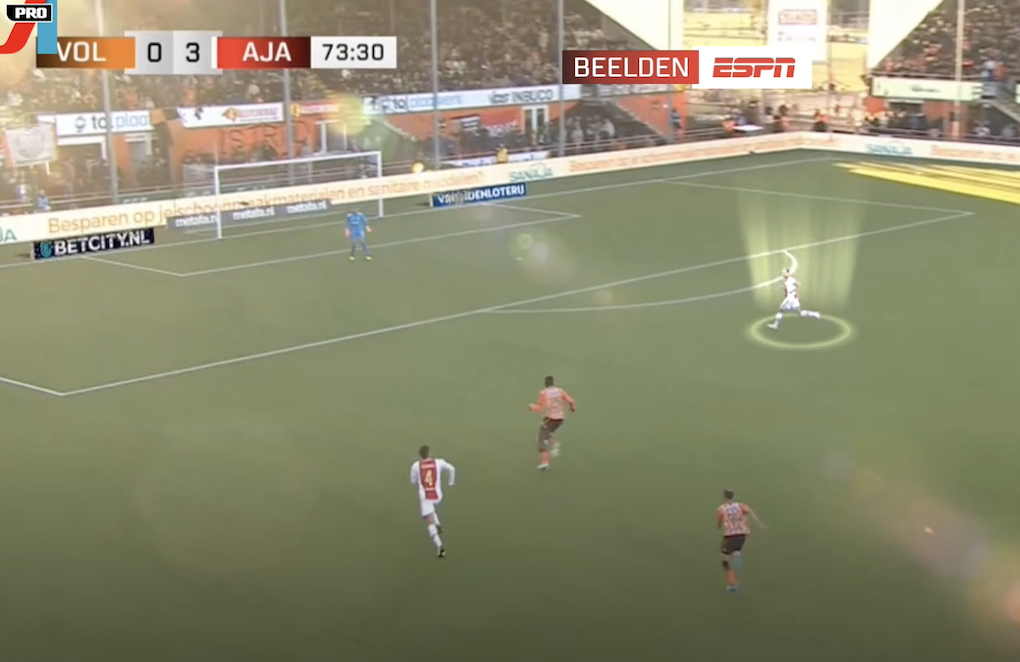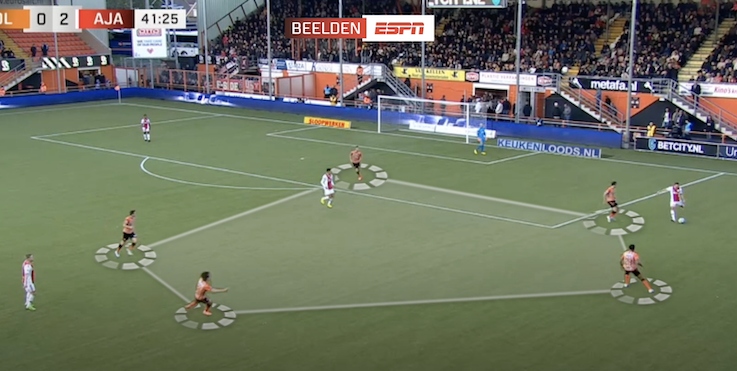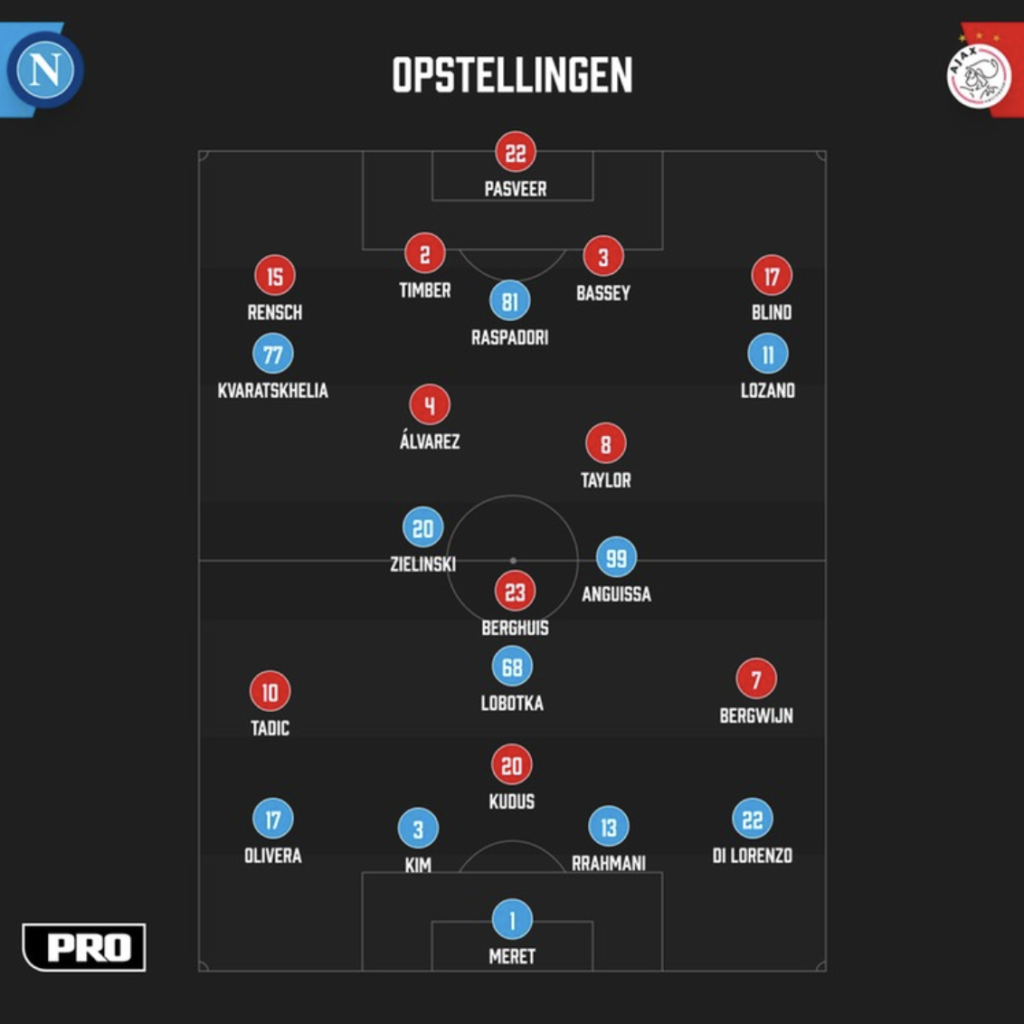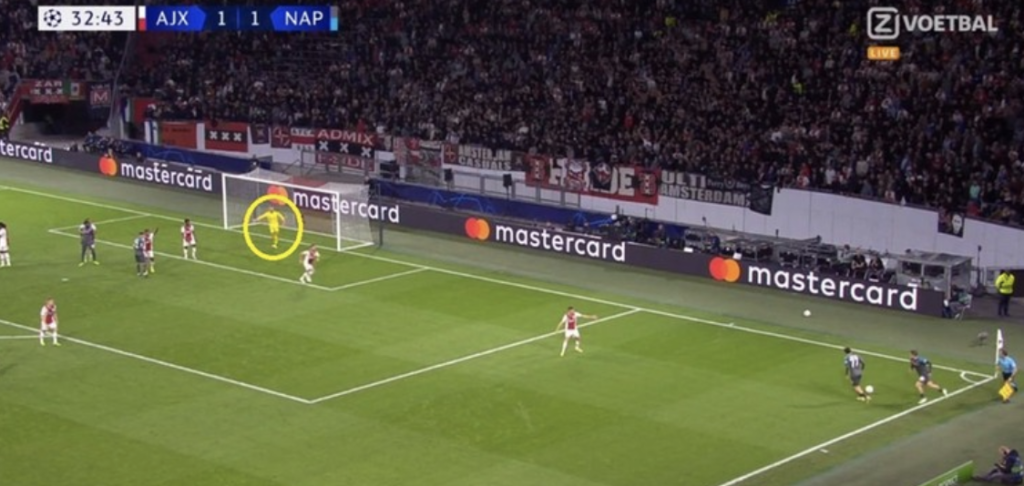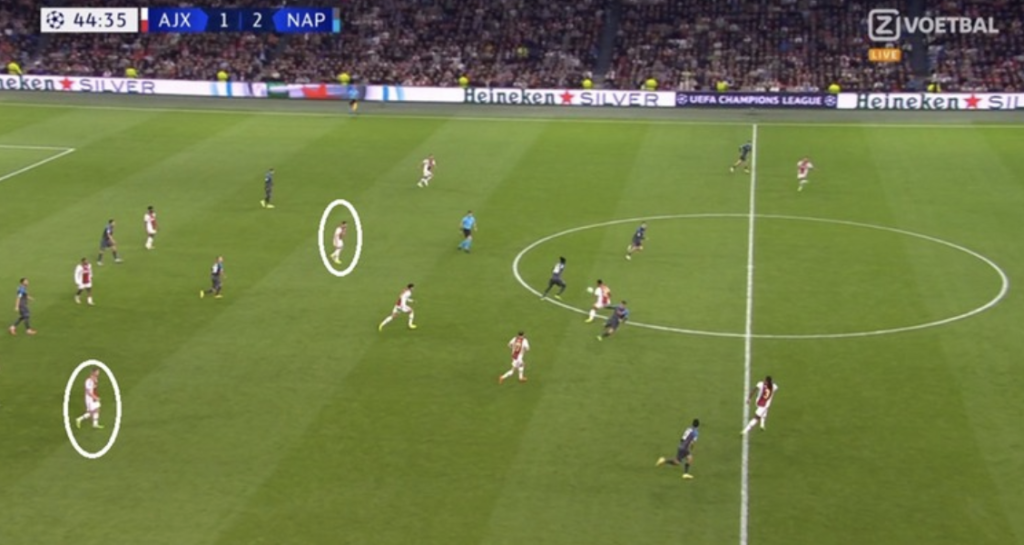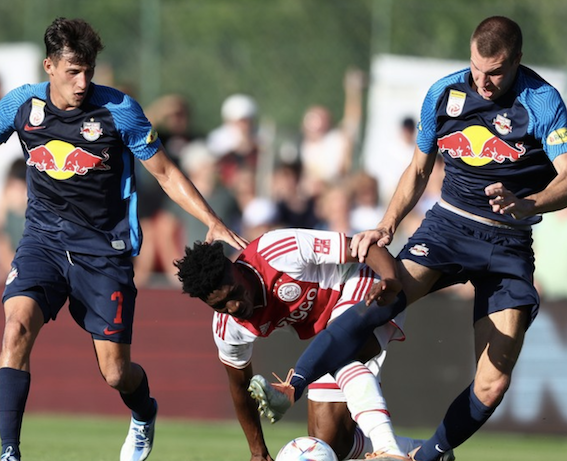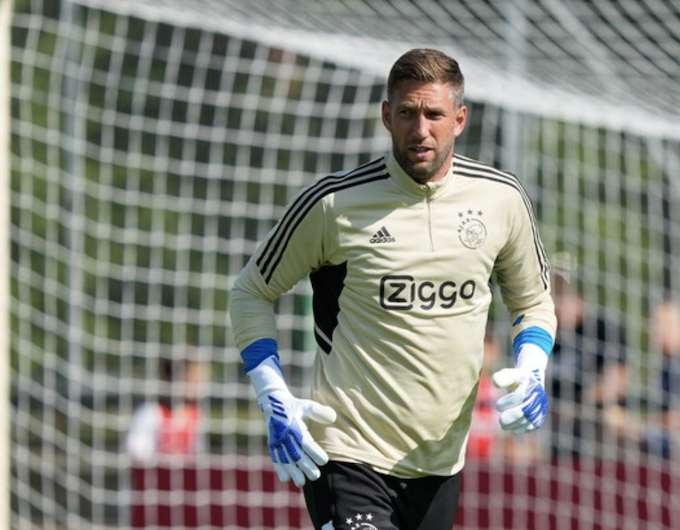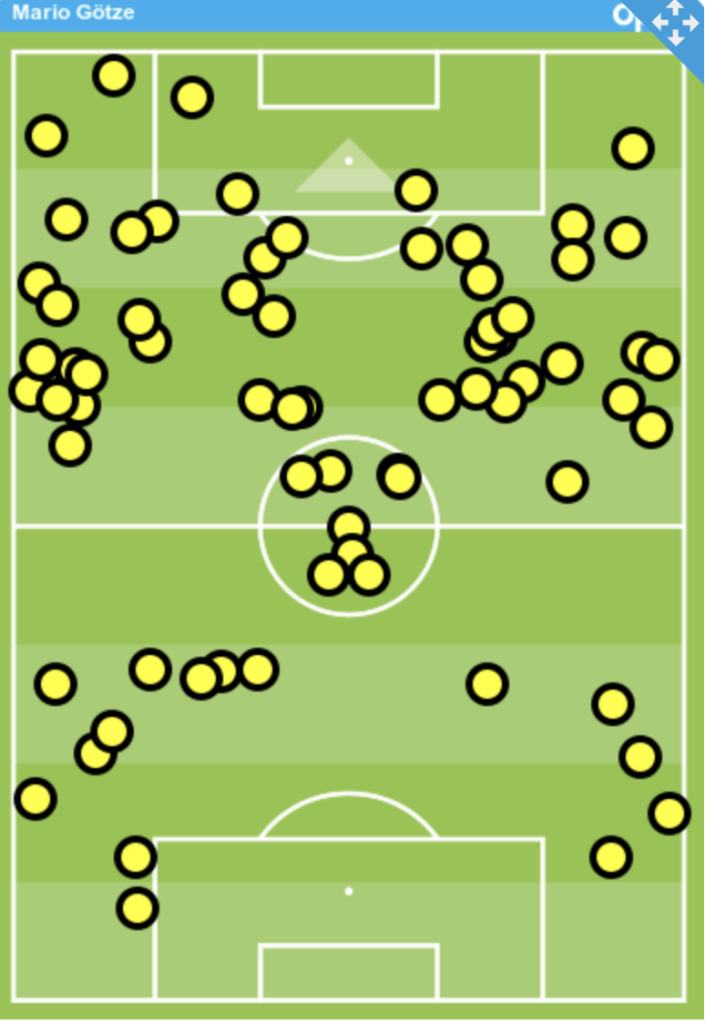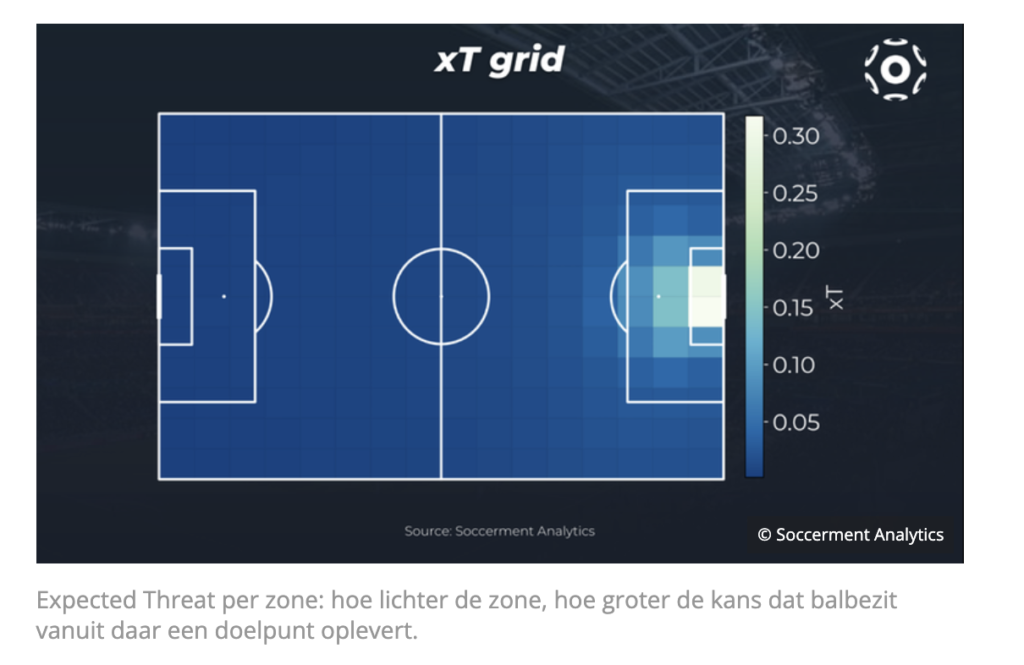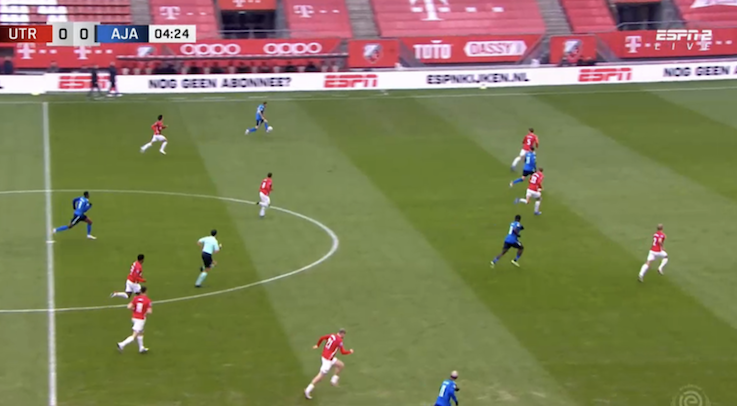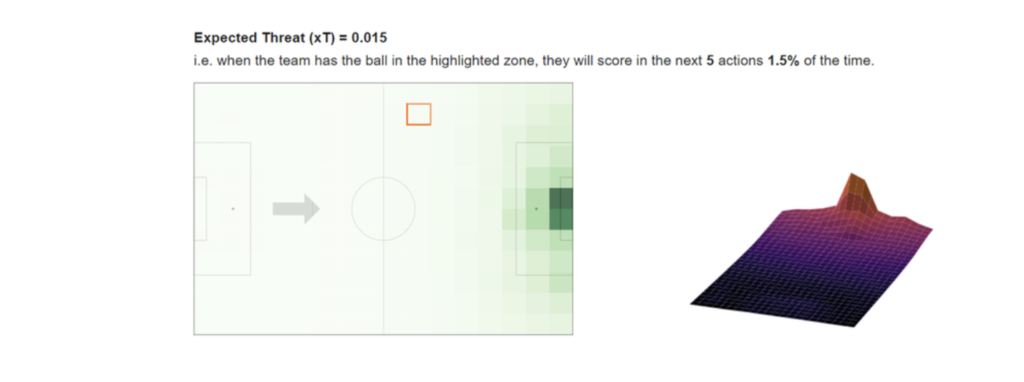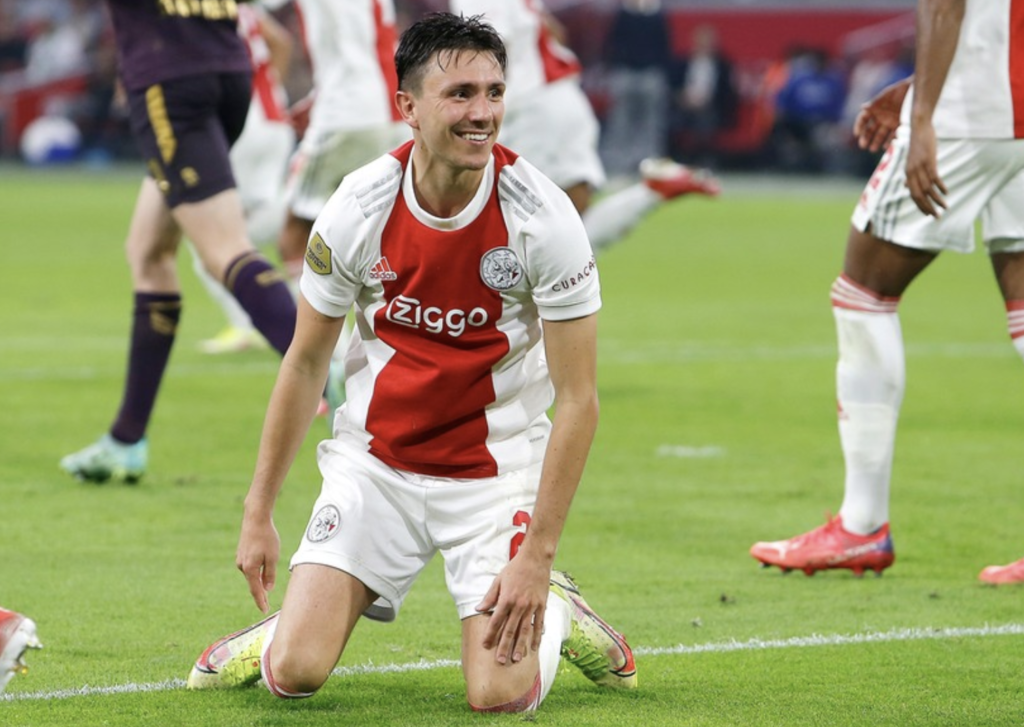In typical Dutch form, people will immediately say: “Who is to blame?”. The answer is not very straightforward. Lets first look at the problem.
Ajax was having a decent run in the past seasons. Frank de Boer did ever so well winning titles and turning the poor Ajax into a cash rich club, with some amazing outgoing transfers putting some fat on the bone. Peter Bosz came in and turned De Boer’s boring Ajax into a free-flowing attacking machine, but Bosz ended his 1 season spell with Ajax when Van der Sar refused to work with Bosz on a reshuffling of the backroom staff.
Marc Overmars was acting as technical director, but mainly with a focus on contracts and signing and selling players. The Ajax Technical Triangle was supposed to take care of the football (De Boer, Bergkamp, Ouaali).
The two friends, Dirty Marc and “I haven’t seen anything untoward” Van der Sar
Overmars was kept out of the decision to block Bosz’ plans and allowed Bergkamp his spot in the sun.
Bosz left and not much later, Dennis Bergkamp – Bosz antagonist – also had to leave.
But Bergkamp was fully in control when he was at Ajax and ushered in Marcel Keizer as the replacement for Bosz. Not a bad decision, mind you. Keizer was successful as a coach on the second tier level at Cambuur and as a real Ajax man (his uncle was Piet Keizer), he also coached Ajax 2 and impressed with that team (which had the likes of Van de Beek, De Ligt, Frenkie and Appie Nouri).
Keizer is also a close friend of Bergkamp, so the two set out to lead Ajax. The Nouri situation – the brilliant ballplayer had heart failure in a friendly in the pre-season and due to the late response, he survived the ordeal but that is about it….the poor lad is confined to his bed for the rest of his life – made matters tough for the young coach and the whole team or even club suffered through trauma that season.
Overmars decided to take the reins back from Bergkamp and organised a coup, in which both Keizer and Bergkamp had to make way. Keizer was on title course and would later impress in the Portuguese competition and in the sandpit. Bergkamp never pursued his career elsewhere and became a bit of a football recluse.
Now Overmars was in charge and he quickly lured his friend Erik ten Hag away from FC Utrecht. Ten Hag had had success with Overmars’ first love Go Ahead Eagles and Mark had always planned to get Ten Hag to Amsterdam.
The duo was quite successful, as we know. Overmars dealing with transfers and contracts, Ten Hag dealing with the first team and the results and Van der Sar safely away from the front, dealing with the Amsterdam Stock Exchange, the sponsors, the board of directors and any other non-football topic.
At that time, Danny Blind was the football man in the Board and he would be an intrinsic part of Overmars little cabal.
And boy, what was Overmars good at his job. And how horrible did he behave when it wasn’t about football.
Overmars telling inappropriate jokes to Sar?
Despite being married to a former Miss Universe (or Miss Holland, not sure), he couldn’t resist using his powerful position at Ajax to bother and hassle the young ladies working at the social media/marketing department of Ajax. And it went further than texting them invites for dinner. The diminutive former winger enjoyed taking pictures of his …less diminutive mini-me and sent them to the ladies in question, who apparently were to scared to report him to the general manager. One key reason: the general manager (yes Edwin van der Sar) knew this was happening and was part of the sexist cabal at Ajax, enjoying inappropriate humor.
Van der Sar protected his powerful friend but when the news broke in the media, it was clear that the former Arsenal and Barca man had to leave.
So, many things had gone wrong already by that time. But Van der Sar took it a bit further. Instead of trying to replace Overmars with a heavyweight – but with manners – he decided to give newcomer Huntelaar and scout Hamstra the joint role of technical director (not in name though).
Oops. Exposed. But a bit too much exposed.
And obviously, both were too lightweight, inexperienced and unconnected to step into Overmars boots. And what people do forget: he is a very good negotiator. He made money playing football and but multiplied his money by dealing in property and classic cars. Huntelaar and Hamstra are definitely people with expertise and added value but they’re no Overmars.
And it showed, this season. Lisandro Martinez left for Man United. Bassey was brought in. Gravenberch left for Bayern, Austrian midfielder Grillisch is his replacement. And so on.
I believe Sar never replaced Overmars, because he hoped (planned?) to get the speedy ex-winger back after a couple of months of “distance from the club”. But it didn’t happen. And when Alfred Schreuder, assisted by his agent, started to “help” Ajax to more new signings, things turned for the worst.
Ocampos was on the wishlist and Ajax would have signed him for 30+ million euros, if the Board of Directors hadn’t intervened. They forced Ajax to take him on a loan basis. And less than 6 months later, the winger was sent back to Spain as he was never able to convince anyone in Amsterdam.
Ocampos failure
But it went further downhill, as Schreuder lost the dressing room due to several bad decisions. His treatment of Daley Blind (who left after the World Cup), his decision to protect Tadic and never sub him, his decision to not use newcomer Wijndal but try Blind, Bassey and Rensch on that spot, the list goes on.
Daley Blind’s exit had another consequence for the club: highly rated Danny Blind – sounding board for coaches and technical management – could not continue his director’s role what with Daley being pushed out unceremoniously. And again, it appeared that Van der Sar and the Board did not have a shadow list waiting in the drawer.
They didn’t have one for Overmars. Not for Danny Blind and when stalwarts like Michael Reiziger and Academy director Said Ouaali announced their exits too, it was quite clear things are a bit fishy in Amsterdam.
John Heitinga was pushed forward when Schreuder was sacked. Much like his old team mate Van Nistelrooy at PSV, Heitinga planned to build up his career with care and consideration. The former Everton defender managed Ajax 2 and was about to start as Schreuder’s assistant but was propelled into the hot seat immediately.
So now, Ajax is re-building. They were able to get former midfielder Jan van Halst in as new football director in the board of directors. They installed Heitinga for this season, with Dwight Lodeweges as he new assistant and they finally signed a technical director – Sven Mislintat – to replace Overmars, who seems to be enjoying his time at FC Antwerp, with Mark van Bommel. I personally believe Mislintat could well be the right choice, as he has quite a strong resume and clearly adores Ajax.
So, in conclusion, I think its fair to say that after the mismatch of Bosz-Bergkamp-Overmars-Van der Sar, the combination of Ten Hag-Overmars (without Sar) worked amazingly well. There is no need for me to list the achievements of Ten Hag at Ajax.
But when Overmars had to take his leave, Van der Sar needed more than 12 months (!) to replace him. Imagine that, your key guy in the organisation. And it’s not like Van der Sar was ambushed by the dick-pics, he knew about it. So his lack of taking action resulted in a head coach (Schreuder) who was drowning from day 1. And in hindsight, Schreuder also didn’t do himself many favours with his headstrong attitude within the club.
Heitinga with new technical director Sven Mislintat
The combi Ten Hag – Overmars was replaced by Schreuder-Huntelaar-Hamstra and that combination had no chance!
Ajax’ terrible season – in my view – is another nudge of the keepers gloves of Van der Sar. His list of failings is becoming very long.
And if things turn really sour for Ajax this coming weekend – away versus in form Twente – they might end up playing conference league football next season.
The only bonus: last year, when Van der Sar was asked about having to play in the conference league potentially in the future, his answer was: I will not be with the club when that happens. And the fans will now clutch that claim to their chest. The only silver lining in case Ajax finishes 4th this season.












